What is a particulate filter?
Before cleaning the particulate filter, we’ll start by explaining what a particulate filter is.
As the name suggests, a particulate filter, more commonly known as a DPF, is used to reduce the quantity of harmful particles emitted by vehicles. Particulate filters are mainly found in diesel vehicles and are becoming increasingly common as the vast majority of manufacturers use them.
They are designed to reduce soot build-up by chemically decomposing the material. This process is called pyrolysis.
Like any other filter, its mechanism requires draining. This is called regeneration, and there are three types: passive, active and forced.
Passive regeneration
Passive regeneration occurs while driving a vehicle when the temperature of the exhaust gases is high enough to burn the soot as it passes through the filter.
Active regeneration
The engine management system controls it and occurs when the soot load exceeds 45%, typically when the vehicle is driven at more than 70 km/h at a constant speed for more than 10 minutes.
During active regeneration, the engine management system supplies more fuel to the engine to raise the exhaust gas temperature and burn off the soot in the particulate filter.
For active regeneration, the vehicle must have more than a quarter of a fuel tank; otherwise, the mechanism will not be activated.
Forced regeneration
This operation uses diagnostic equipment, with the technician asking the vehicle to regenerate the filter.
In most cases, this process can be carried out when the vehicle is stationary, but some models require on-road driving to be carried out.
There are many reasons why vehicles may not be able to self-clean the particulate filter when they are in motion. This can range from low fuel levels to sensor or component failure. If the soot load is high and the filter has to be cleaned manually, a reason must always be found to restore the system to working order. Checking the operation of the pressure sensor is essential when cleaning the particulate filter.
In vehicles only used for local urban cycle driving, regeneration does not have time to take place, leading to filter clogging. When the soot load in a DPF increases, a warning light appears on the dashboard. The vehicle can be driven at speeds above 70 km/h for at least 10 minutes, allowing regeneration to take place and the warning light to go out. If soot particles remain or regeneration does not occur correctly, the particles will accumulate and when the soot load reaches 75%, the filter must be cleaned manually.
Correct oil specification when servicing a vehicle is essential for the life and efficiency of the diesel particulate filter. Oils with a low SAPS (sulphated ash, phosphorus and sulphur) content, commonly known as “Low SAPS”, should be used.
Frequent oil checks are also necessary, as oil dilution has been detected in some vehicles fitted with a DPF. This is where diesel enters the engine during regeneration and causes the oil level to rise. You must change your oil and filter if your oil level exceeds the maximum.
It is essential that the fuel and oil systems remain clean for regeneration to take place correctly. Dirty injectors will prevent efficient combustion and will not allow the temperature rise for the regeneration of the DPF to be achieved.
How do I clean the particulate filter?
There are various ways of maintaining the particulate filter’s efficiency and the system’s smooth operation. Preventive maintenance is always the best.
It is recommended to clean the fuel and oil system every time the vehicle is serviced. This will help reduce particulates and improve engine combustion, restoring lost performance and reducing component problems.
In addition, the regular use of specialist particulate filter regeneration additives will assist in self-cleaning the particulate filter during driving and promote the passive regeneration or removal of soot from the particulate filter.
If the soot load becomes too great, a vehicle fault may occur that will prevent regeneration whilst driving, which should be investigated and corrected. In these cases, the DPF must be manually cleaned by adding a cleaning treatment to loosen and dissolve the soot and allow it to pass through the filter.
This is done by applying the product through the pressure sensor tube or by removing an oxygen or temperature sensor and applying the product directly to the filter.
What is the recommended method for cleaning the particulate filter?
Preventive maintenance:
When servicing, clean the fuel system with Wynn’s Total Action and the oil system with Wynn’s Oil System Cleaner.
Your customer will enjoy the following benefits:
- Extend the life of their vehicle.
- Reduced maintenance costs
- Maximised fuel economy
- Increased engine protection
And as a garage owner, you can use these services to build customer loyalty!
Curative method:
When the DPF light is illuminated on the driver’s dashboard to indicate that it needs regeneration, add Wynn’s Diesel Particulate Filter Regenerator to the fuel tank so that active regeneration can occur while driving. Once on the road, the vehicle must be driven at over 70 km/h for more than 10 minutes at constant speed.
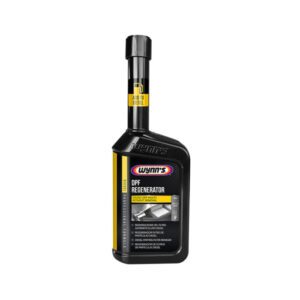
Manual cleaning:
If the soot load is too high, manual cleaning is recommended. To do this:
- Apply Wynn’s DPF & GPF On Car Cleaner, a no-disassembly particulate filter cleaner.
- Apply the product directly to the particulate filter through the pressure sensor tube or by removing an oxygen or temperature sensor.
- Allow the product to penetrate the DPF, then run the engine to force the soot through the DPF, clean the component and restore operation.
- Always follow the technical instructions when using a DPF cleaning additive to ensure you follow the correct method.
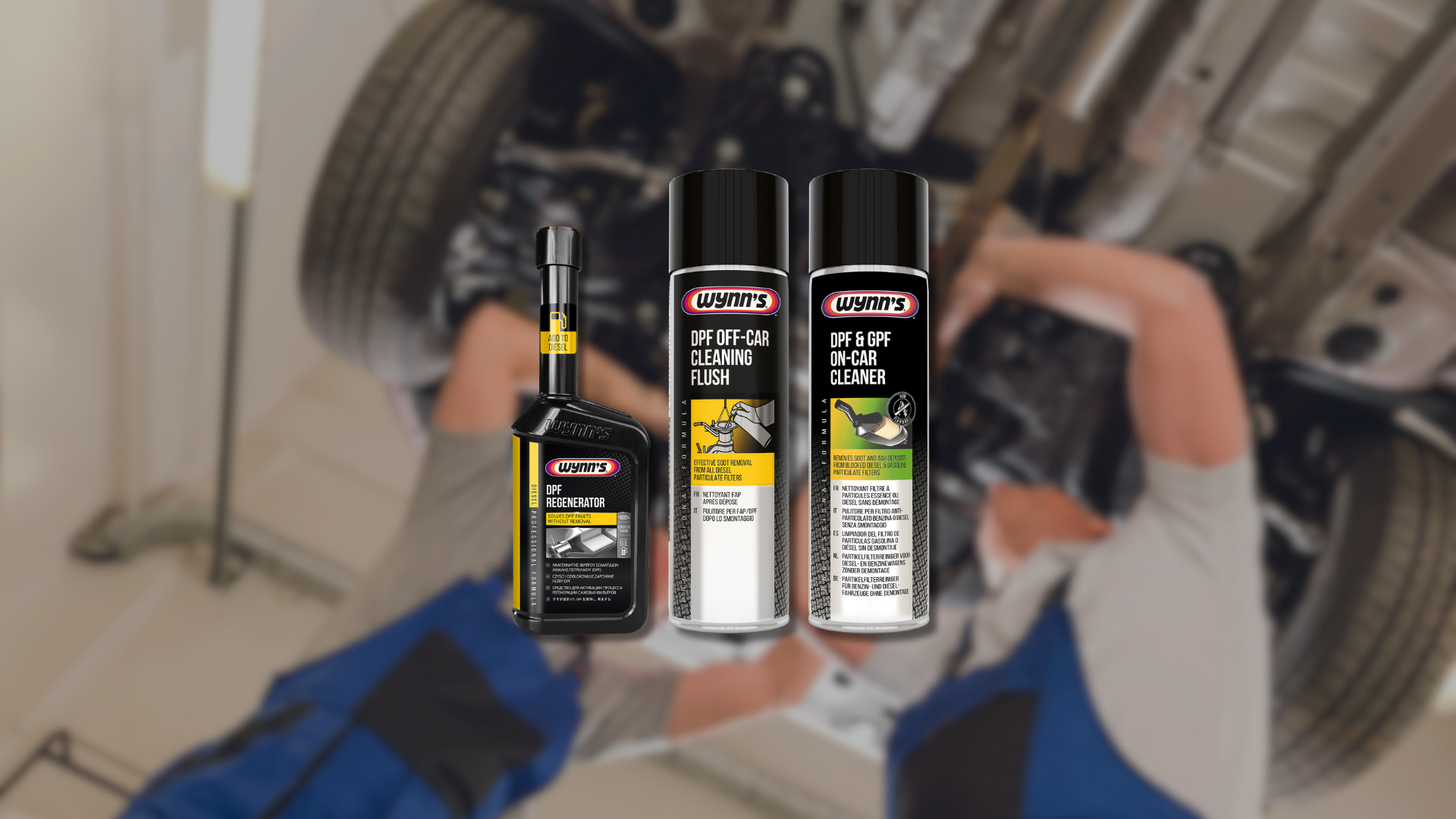
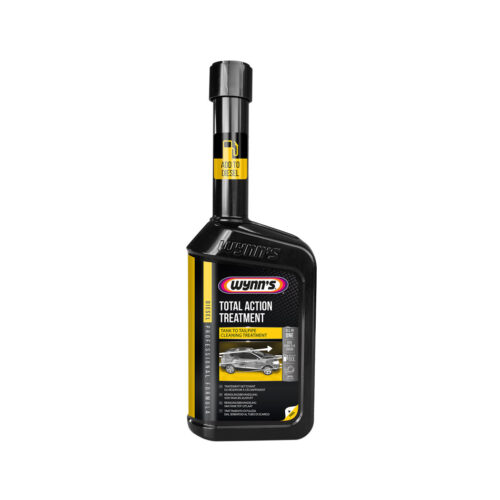
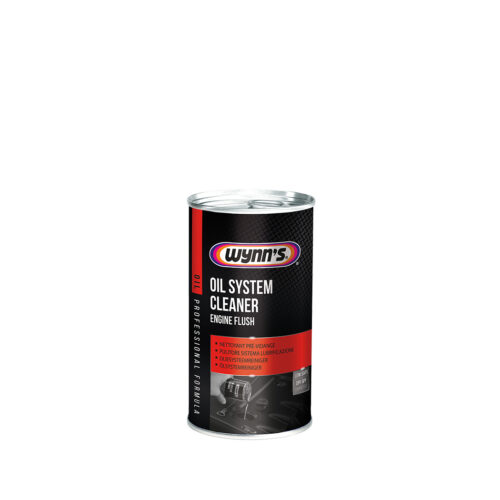
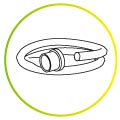
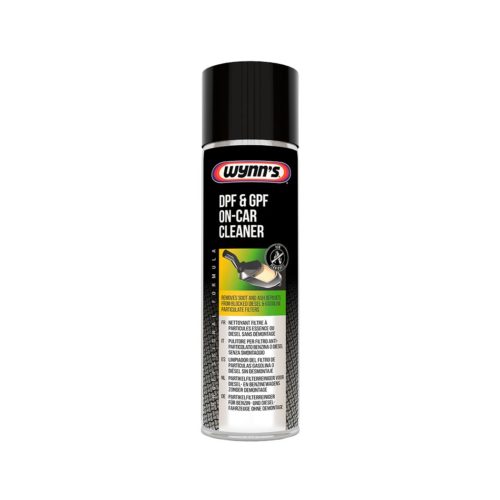
Leave A Comment